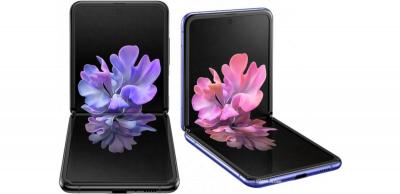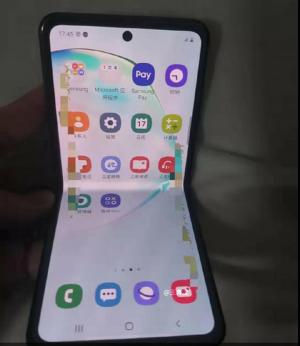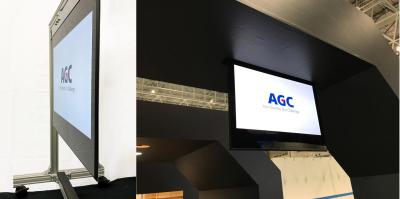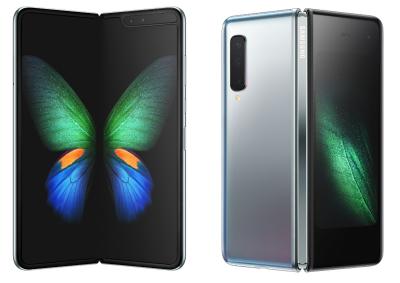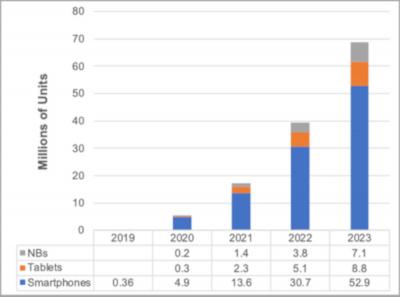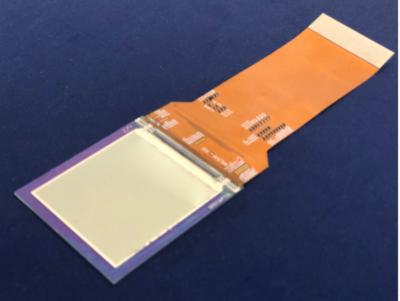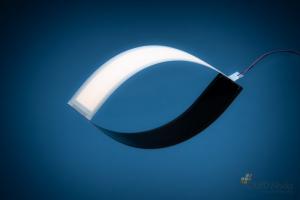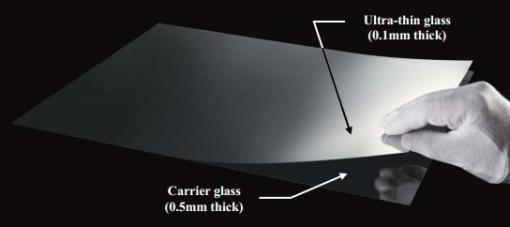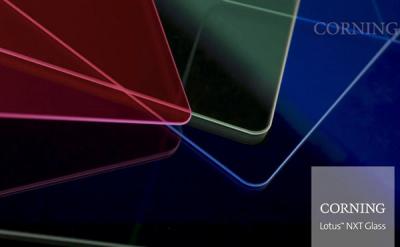SDC: our ultra-thin glass is more durable than polyimide for foldable OLEDs
Earlier this month Samsung announced the Galaxy Z Flip, its 2nd foldable smartphone - and the 6.7" 1080x2636 inward foldable HDR "Dynamic AMOLED" display uses a flexible glass cover, as opposed to SDC's previous foldable OLEDs that used a flexible polyimide cover.

Samsung now says that it is branding its ultra-thin-glass foldable OLEDs as Samsung UTG. I'm not sure what to say regarding Samsung's slogan "Tough, yet Tender" which seems to be taken out of a completely different industry.


